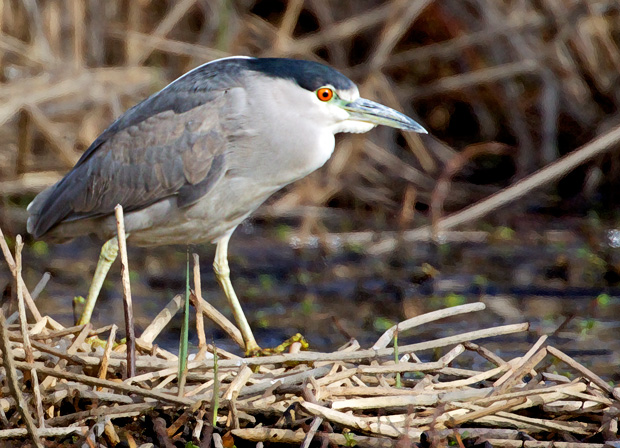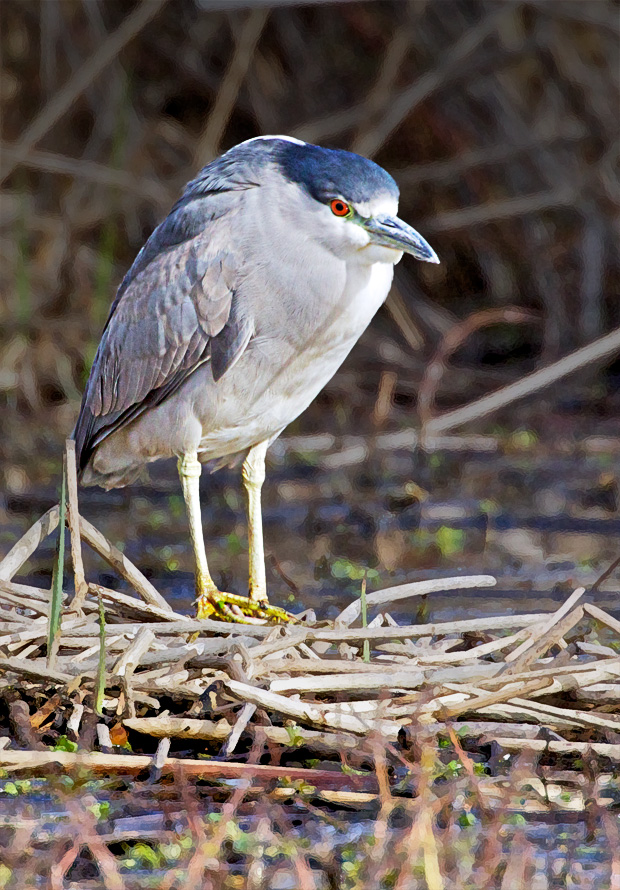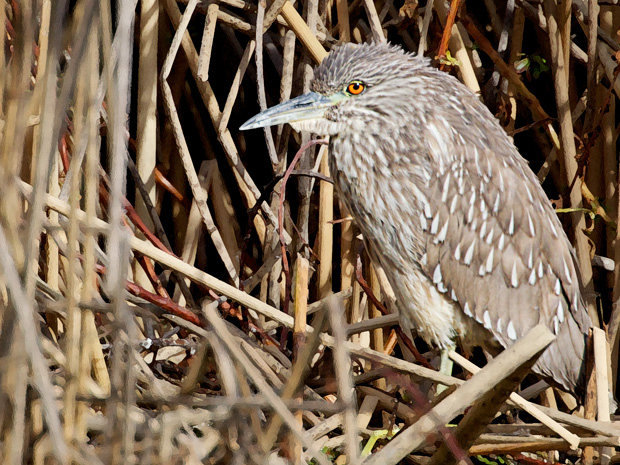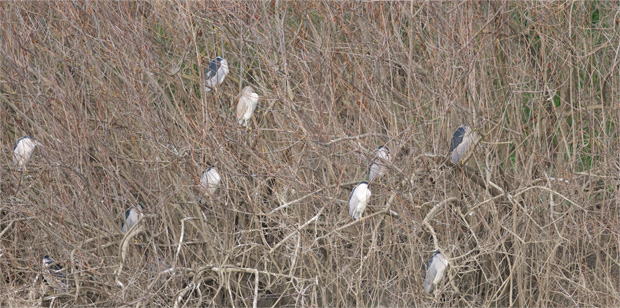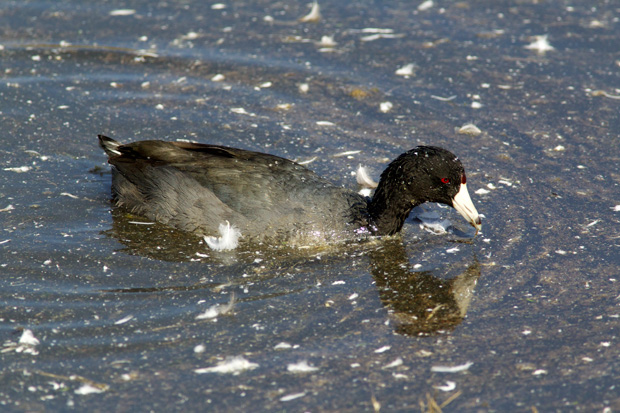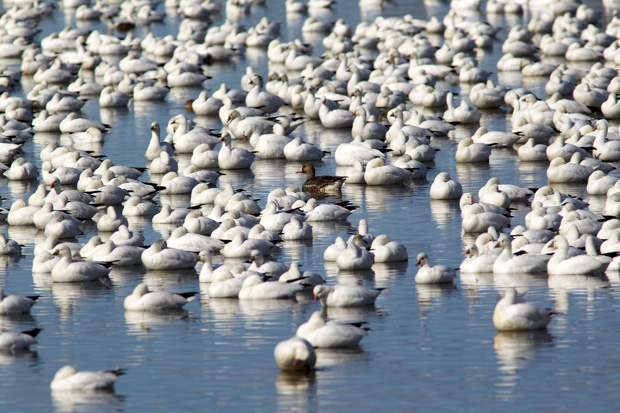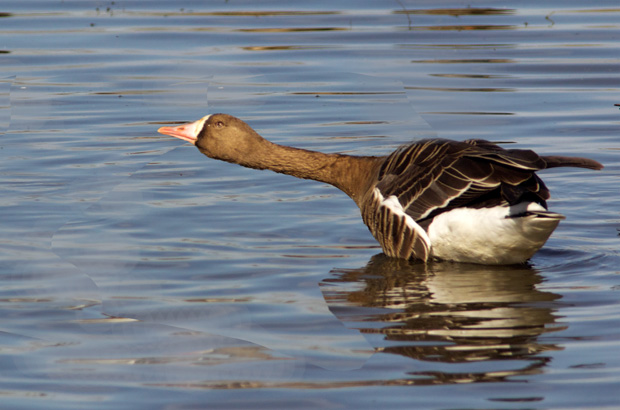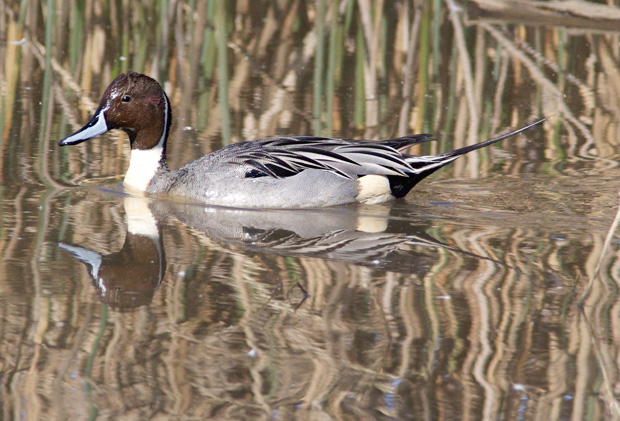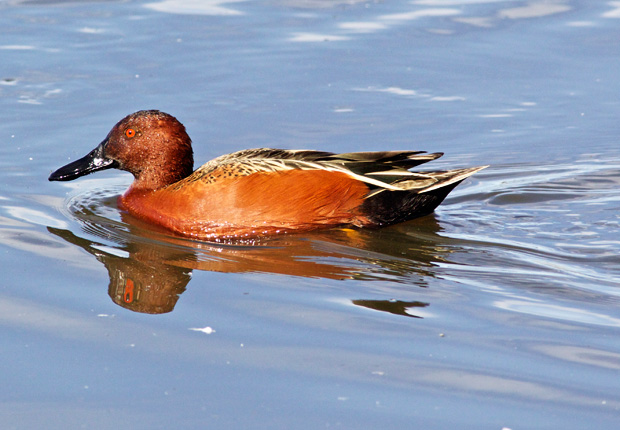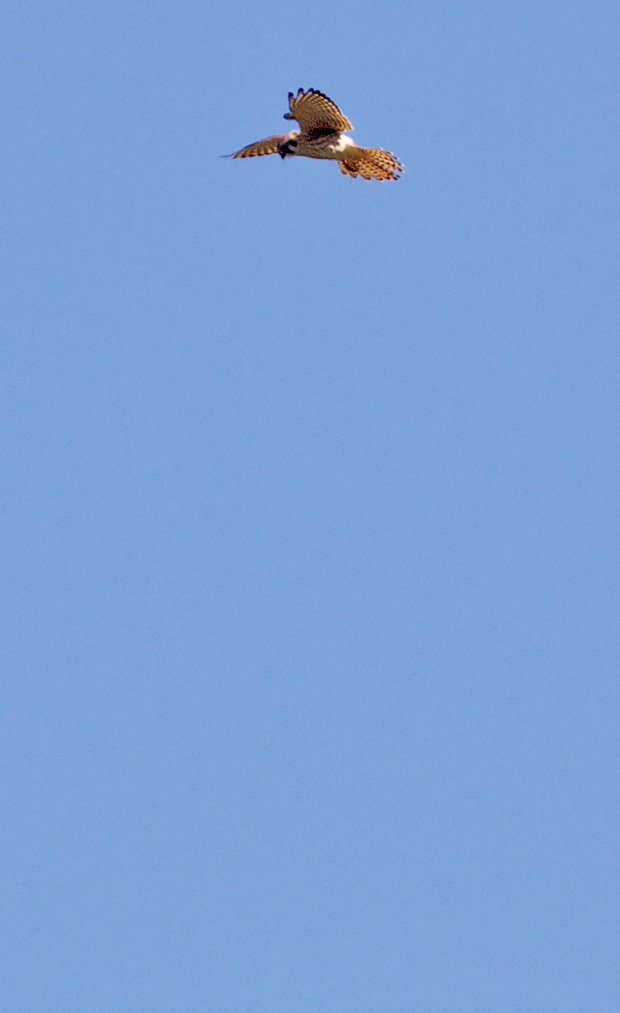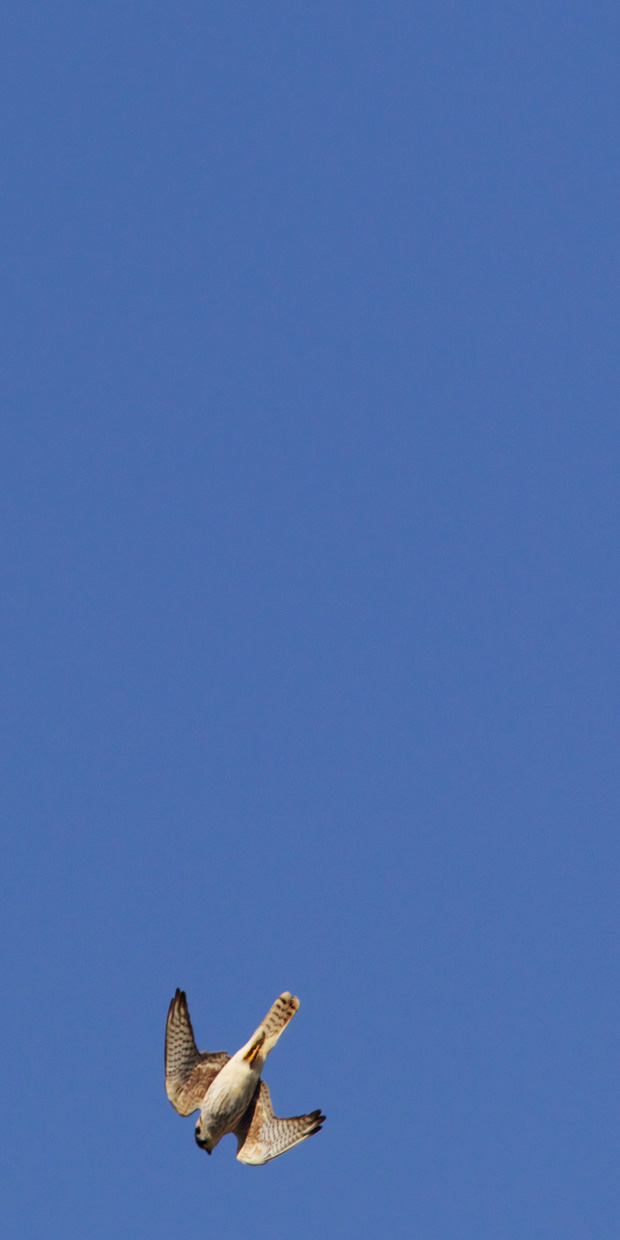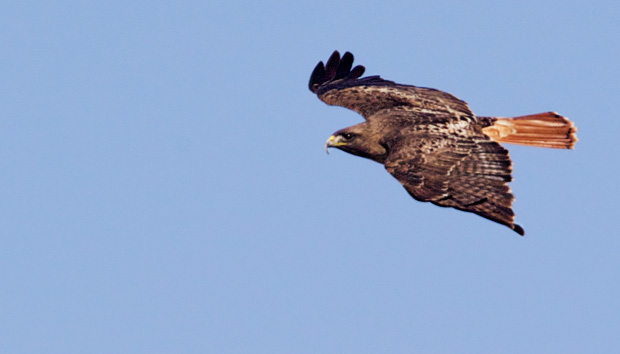It’s a good thing I got so many photographs I liked during our California trip because the weather has been marginal since we returned, so bad last week that I could not get out for even a short birding/photography expedition. My exercise for the week was limited to working out at the YMCA. If this continues, my blog entries may soon go “live” again.
For now, at least, I continue to live in the past. These shots were taken February 23, the day I went to Ocean Shores to take pictures of the Snowy Owls. As I noted then, I wasn’t content to drive that far just to see even as rare a bird as the Snowy Owl. I ended us spending nearly 16 hours at the beach, driving from Ocean Shores to Tokeland then home, covering 260 miles for the day.
I especially wanted to go to Westport to check on the loons, the one place I consistently see them close enough to shore to get good photographs. It didn’t take long to spot this one, he was floating at the foot of the dock.
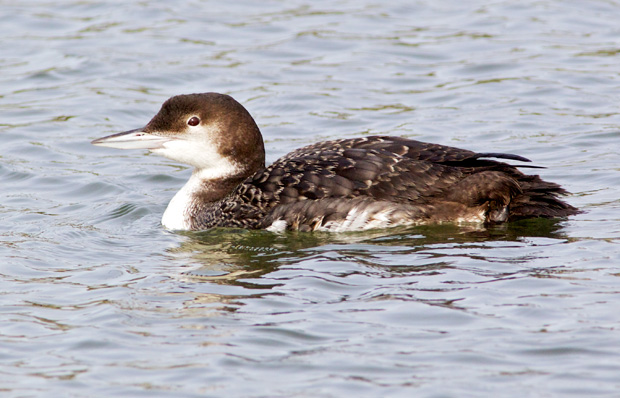
Still, when I get this close I’m amazed at how large they are, 32 inches long with a 46” wingspan.
As I sat there photographing the bird, I was amazed to see it’s leg pop out at what seemed like a weird angle to me as it stretched and preened.
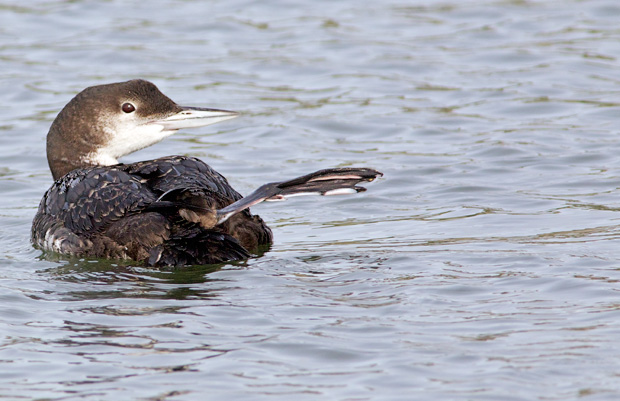
That leg led me to The Loon Preservation Community, where I found: “The placement of a loon’s legs at the far back of the body means that loons can not easily walk on land. This difficulty is one reason why a loon’s nest is built right next to the water.”
I was disappointed that they weren’t in breeding colors, but this one that I spotted further out in the harbor was beginning to change colors.
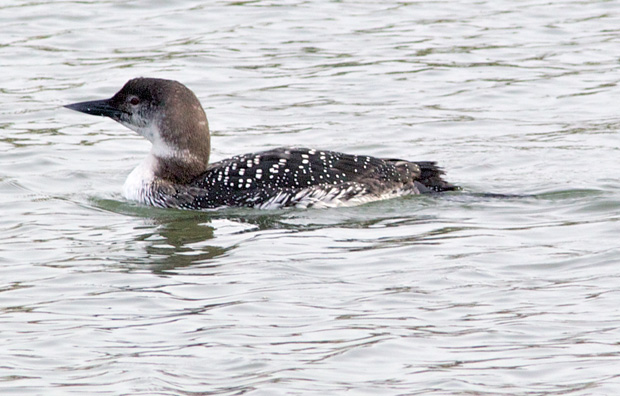
By now I’m sure there would be some birds in full breeding colors. If the weather breaks, I’ll try to get back soon.
I also managed to get a “first” this trip, no, not the Snowy Owls, I’ve seen them before in the distance, but I’ve never seen this strange bird before. I was actually trying to photograph the Pelagic Cormorant on the left, but the bird on the right suddenly emerged from under the water.
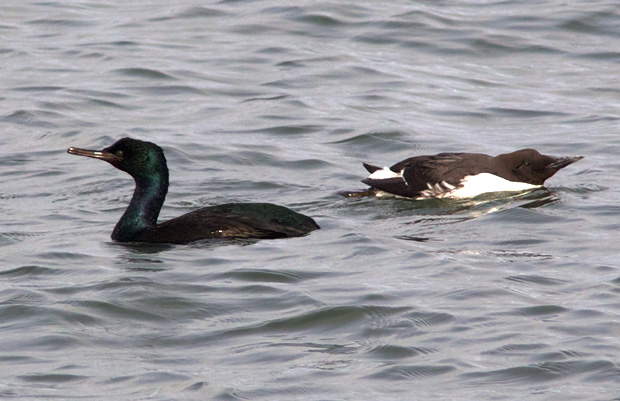
I’ll have to admit that I’m not entirely sure what it is, though it’s size relative to the cormorant and it’s colors suggest it’s a Common Murre.
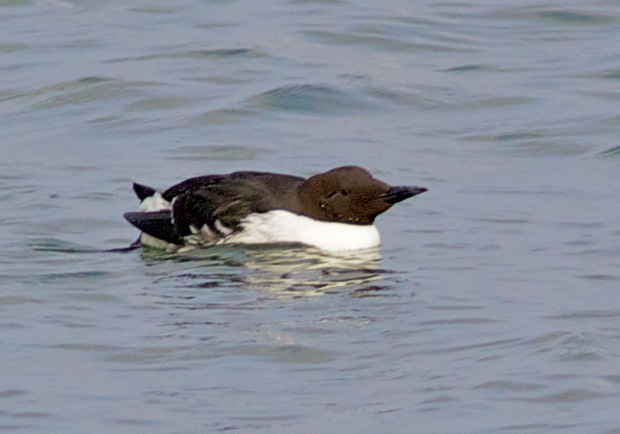
If it is, it must have it’s head tucked down because all the online pictures of a Common Murre show a longer neck. It also looks a little like a Short-Billed Murre, but my best guess is still a Common Murre.
My favorite bird of the trip, though, turned out to be Western Grebes,
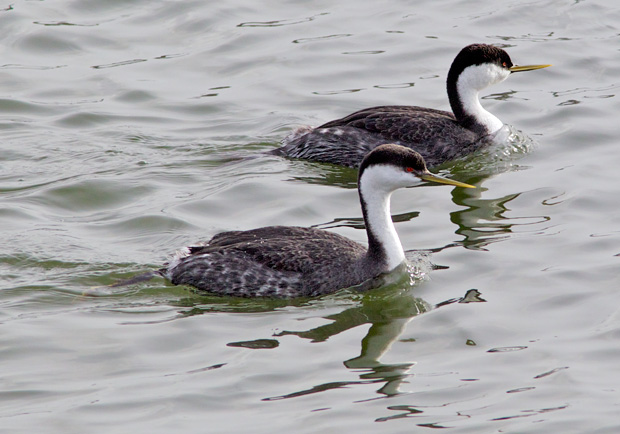
which must have been my “bird of the year” since I got great shots of them at Malheur with chicks and then later in New Mexico. The best shots of them this trip, though, came at the next stop on my beach trip, Tokeland.

